 Mon-Fri, 9:00-17:00 (Beijing Time, UTC+8)
Mon-Fri, 9:00-17:00 (Beijing Time, UTC+8)Frontier Insights
We are dedicated to advancing the technology industry and sharing expertise in technical, business, and cultural domains.
We are dedicated to advancing the technology industry and sharing expertise in technical, business, and cultural domains.
DBC BMS: The Core Tool for Solving Efficiency Challenges in Foreign Trade B2B Independent Sites (Full Cycle from Setup to Inquiries)
In the wave of digitalization in cross-border trade, foreign trade B2B enterprises' demand for independent websites has shifted from "having or not" to "efficient customer acquisition". According to industry research, under traditional models, it takes 6-12 months for a foreign trade B2B independent site to stabilize inquiry generation after launch, during which businesses often miss opportunities due to low website-building efficiency, difficulty in traffic conversion, and disorganized material management. However, Bravo Marketing Suite, with its integrated architecture of "content management + digital assets + e-commerce engine", precisely addresses the full lifecycle pain points of independent sites, becoming a key enabler for enterprises to shorten customer acquisition cycles and enhance cross-border conversion.
1. Core Pain Points of Foreign Trade B2B Independent Sites (Full Cycle from Setup to Inquiries) and BMS Breakthrough Strategies
In the full-cycle operation of foreign trade B2B independent sites, companies commonly face three core challenges: first, difficulties in multi-language adaptation and scattered materials during the setup phase, resulting in launch cycles lasting 1-2 months; second, slow content production and inaccurate keyword targeting during traffic accumulation, causing SEO results to take far longer than expected; third, complex conversion paths and lack of trust-building materials during the inquiry conversion stage, leading to low visitor conversion efficiency.
BMS addresses these pain points by building a full-cycle solution: integrating tools for site building, traffic operations, and inquiry conversion into a unified system through modular design, enabling data interoperability and process automation.
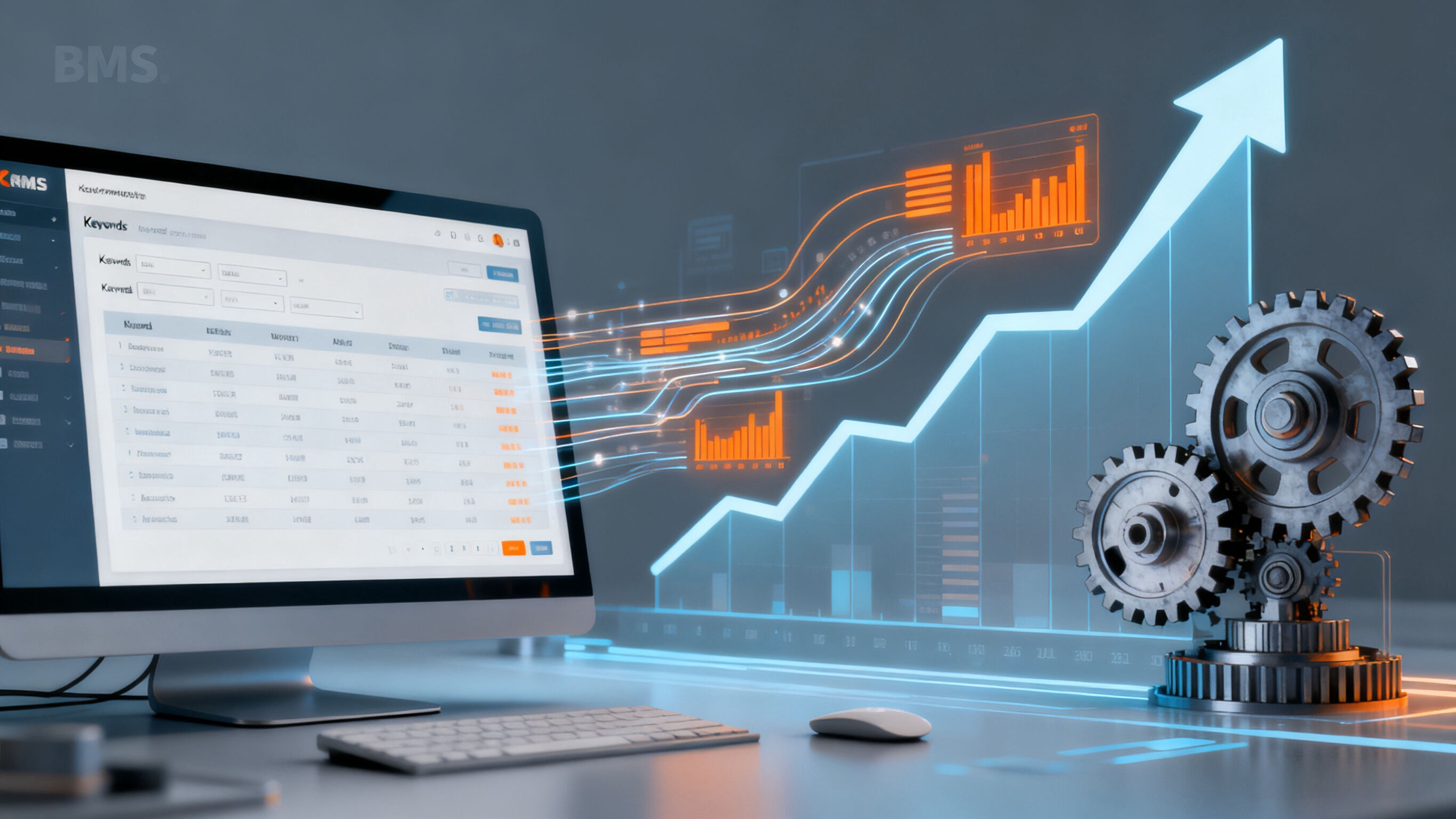
2. Site Launch Phase: Complete Multi-Language Site Setup in 3 Weeks, Laying the Foundation for Foreign Trade B2B Independent Sites (Full Cycle from Setup to Inquiries)
Website construction is the starting point of the entire independent site lifecycle, and solid foundations directly impact subsequent traffic and conversion performance. Under traditional models, companies need to coordinate across technical, design, and business departments, with multi-language page adaptation alone taking several weeks. Product images, technical documents, and other materials are scattered across different folders, frequently causing "missing materials" at launch.
Presented in a blue tech style, featuring elements such as a globe and cloud servers, illustrating the cloud-native architectural advantages of BMS in multi-language site building.
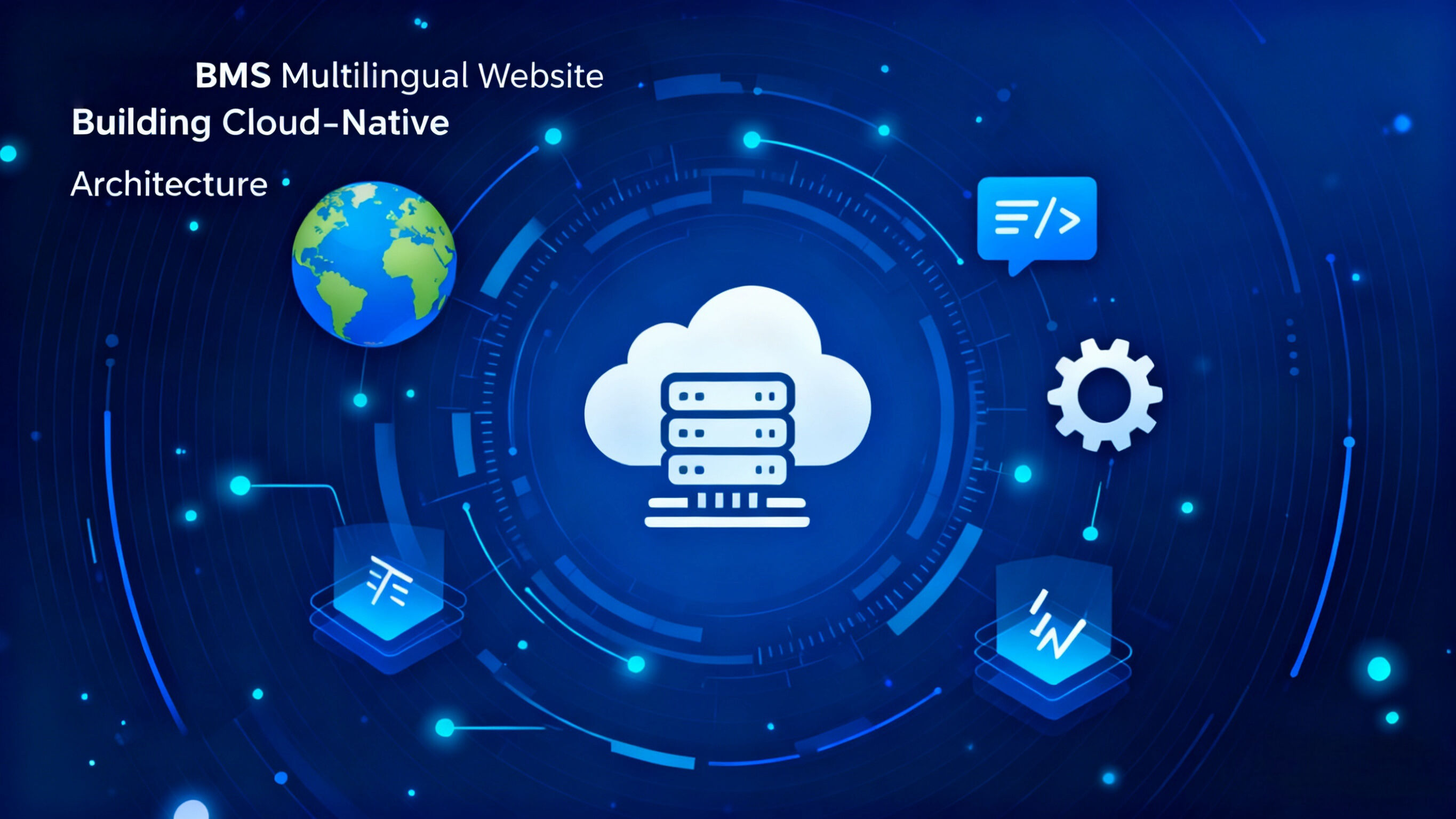
2.1 BMS Dual-Module Collaboration: Accelerating Website Construction
BMS’s content management module uses a cloud-native architecture supporting one-click deployment in 20+ languages. Enterprises only need to upload basic product information, and the system automatically generates site structures tailored to user habits in different countries. Meanwhile, Digital Assets centralizes storage of product videos, certification documents, case images, etc., allowing classification by product type and usage scenario, enabling direct drag-and-drop use during site building.
2.2 Real Case: Launching a 10-Language Independent Site in 3 Weeks
A mechanical foreign trade company used this toolset to complete a 10-language independent site within just 3 weeks, simultaneously organizing complete documentation for over 50 products, reserving ample time for subsequent SEO optimization.
3. Traffic Accumulation Phase: Breaking Through SEO Bottlenecks in 4 Months, Accelerating Traffic Growth for Foreign Trade B2B Independent Sites (Full Cycle from Setup to Inquiries)
Traffic accumulation is the critical bridge from "launching" to "acquiring customers" for independent sites, and SEO optimization is the core method for foreign trade B2B companies to obtain precise traffic. Industry data shows that 58% of marketers believe traditional SEO requires 3–6 months to see traffic growth, primarily due to inefficient content production and vague keyword targeting.
3.1 Intelligent Tool Combination: Enhancing Traffic Acquisition Efficiency
BMS resolves this issue through two key features: First, the e-commerce engine integrates product specifications and industry solutions to automatically generate product page content aligned with Google search intent, while optimizing SEO elements like titles and descriptions based on user search behavior. Second, the business intelligence module analyzes data to uncover high-potential long-tail keywords such as "custom industrial hydraulic systems" and "food-grade stainless steel pipe suppliers", helping businesses avoid competition around broad terms like "mechanical supplier".
3.2 Material Synchronization Function: Ensuring Consistent Content Updates
Material synchronization enables one-click publishing of blog posts, case studies, and other content to the independent site, ensuring 2–3 high-quality articles are published weekly, enhancing site activity. After adoption, a hardware export company improved content output efficiency by 40%, doubling its SEO traffic by the fourth month.
4. Inquiry Conversion Phase: Optimizing Paths and Building Trust, Completing the Final Stage of Foreign Trade B2B Independent Sites (Full Cycle from Setup to Inquiries)
Once an independent site achieves stable traffic, converting visitors into inquiries becomes the ultimate goal of full-cycle operations. Traditional sites often suffer from overly long conversion paths (e.g., requiring multiple page jumps to find contact information) and insufficient trust signals (lacking cases or certifications), resulting in inquiry conversion rates as low as 1%–2%.
4.1 Dual-Dimensional Optimization: Enhancing Conversion Performance
BMS improves conversion from two aspects: First, optimizing the conversion path by embedding "instant quote" and "online consultation" buttons directly into product and case pages, allowing visitors to submit requests without leaving the current page, reducing steps by 50%. Second, strengthening trust-building by using the digital asset module to categorize and display customer cases, ISO certifications, factory photos, etc., by region and industry, aligning with Google’s E-E-A-T evaluation criteria and enhancing buyer confidence.
4.2 Data Closed Loop: Continuously Optimizing Operational Strategies
A lighting export company increased its inquiry conversion rate from 2% to 5% by systematically organizing over 30 successful cases, achieving a steady monthly volume of more than 50 qualified inquiries by the seventh month. Meanwhile, Big Data Dashboard tracks the source of each inquiry, distinguishing conversion effectiveness across different keywords and pages, enabling businesses to continuously refine their operational strategies and form a closed loop of "traffic - conversion - optimization". If you want to learn how to improve conversion through data dashboards, contact us via Request a Demo to receive personalized data analysis recommendations.
FAQ:
Q1: For companies already having a foreign trade independent site, can BMS be directly integrated, or does a new site need to be built?
A1: Both modes are supported. If you already have an independent site, BMS can integrate with your existing site via API, enabling real-time synchronization of content, materials, and inquiry data. If building a new site, BMS’s content management module can quickly create SEO-friendly independent sites without additional technical development, with the fastest launch possible within 3 weeks.
Q2: Does BMS’s multi-language functionality cover small-language markets such as Southeast Asia and the Middle East?
A2: Fully covered. The system supports 20+ minor languages including Vietnamese, Thai, Arabic, and Turkish. It not only translates page text but also automatically adapts to local reading conventions (e.g., right-to-left layout for Arabic) and search rules, meeting the needs of multi-market expansion.
Q3: Can SMEs without professional SEO or technical teams smoothly use BMS?
A3: Yes. All BMS modules feature visual operation interfaces requiring no coding skills: keyword discovery, content publishing, and other functions come with guided workflows, and the smart data dashboard presents key metrics (such as traffic sources and inquiry conversion) in chart form. Ordinary operators can independently operate the system after just one week of training. For training support, apply for free onboarding guidance via Request a Demo.
Q4: How can BMS differentiate inquiry conversion performance across various keywords?
A4: The smart data dashboard accurately tracks conversion data for each keyword, including "number of visitors brought by the keyword", "number of submitted inquiries", and "conversion success rate", and can generate visual reports. For example, companies can clearly see that the keyword "LED explosion-proof lights exported to Europe" brought 100 visitors and 10 inquiries, achieving a 10% conversion rate, whereas "LED light supplier" yielded only 5 inquiries, enabling prioritized investment in high-conversion keywords.
Q5: Can BMS’s digital asset module integrate with storage platforms such as Alibaba Cloud and AWS?
A5: Supports multi-cloud storage integration. The system can connect with mainstream cloud platforms including Alibaba Cloud, AWS, Azure, and Google. Companies can either store materials in their own cloud accounts or use DBC provided cloud storage service, enabling centralized material management and cross-platform synchronization, preventing material loss or access issues caused by fragmented storage.
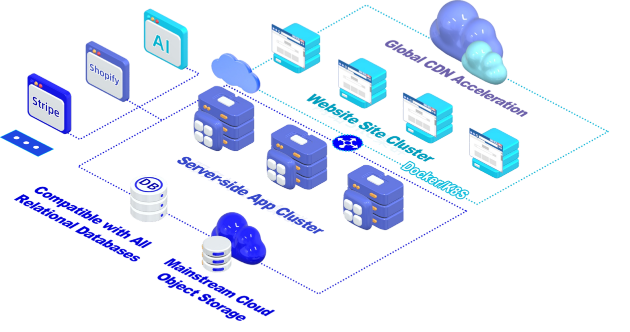
Want to know more about our products?
With years serving Fortune 500 clients, we offer flexible solutions and integrated implementation.
Want to know more about our products?


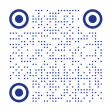
Xiaohongshu

WeChat Channels

Douyin


Xiaohongshu

WeChat Channels
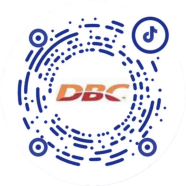
Douyin
To enhance your browsing experience, analyze website traffic, and optimize our services, we use cookies. By continuing to browse this website, you agree to our use of cookies. For more information, please read our Privacy Policy and Terms of Use.
To enhance your browsing experience, analyze website traffic, and optimize our services, we use cookies. By continuing to browse this website, you agree to our use of cookies. For more information, please read our Privacy Policy and Terms of Use.
